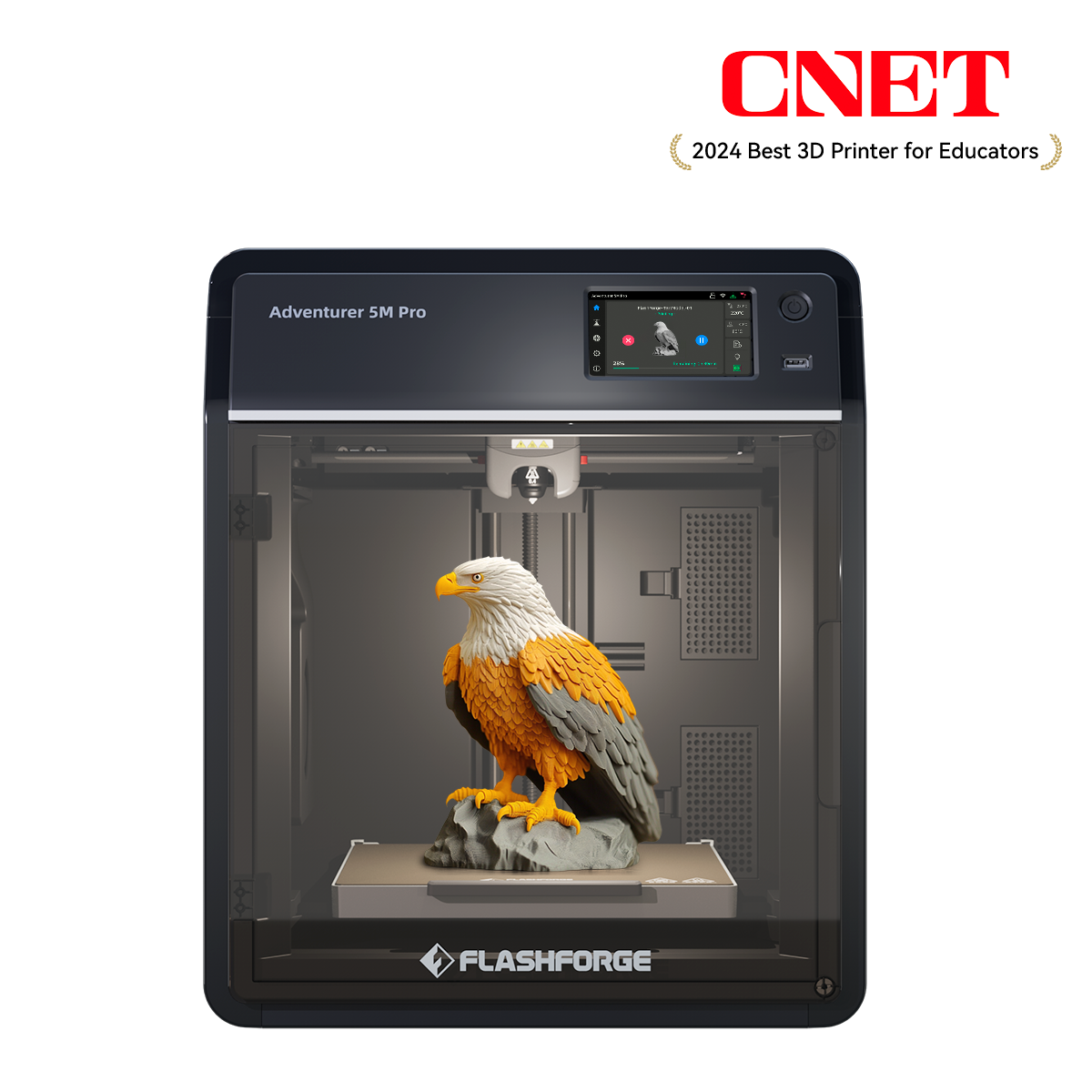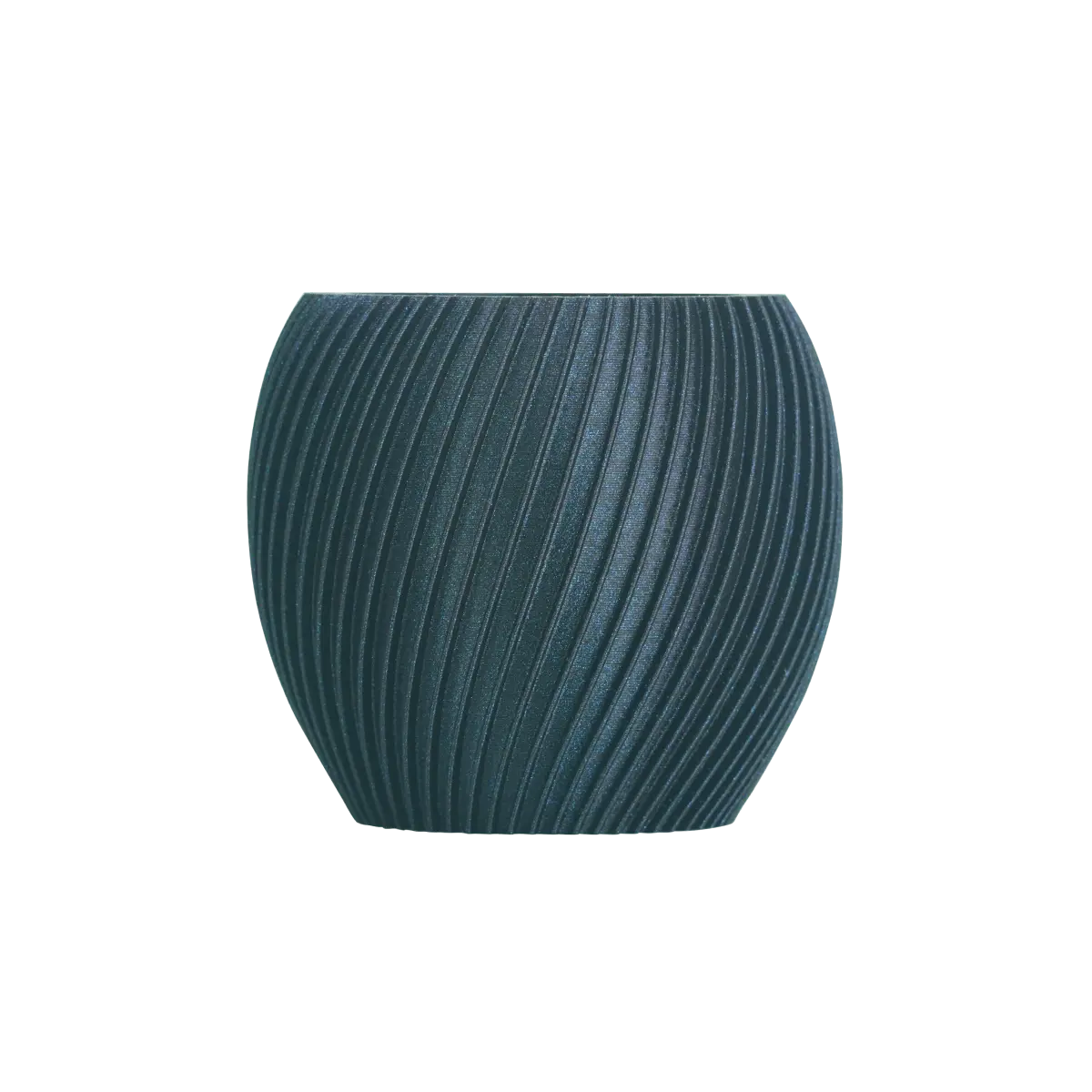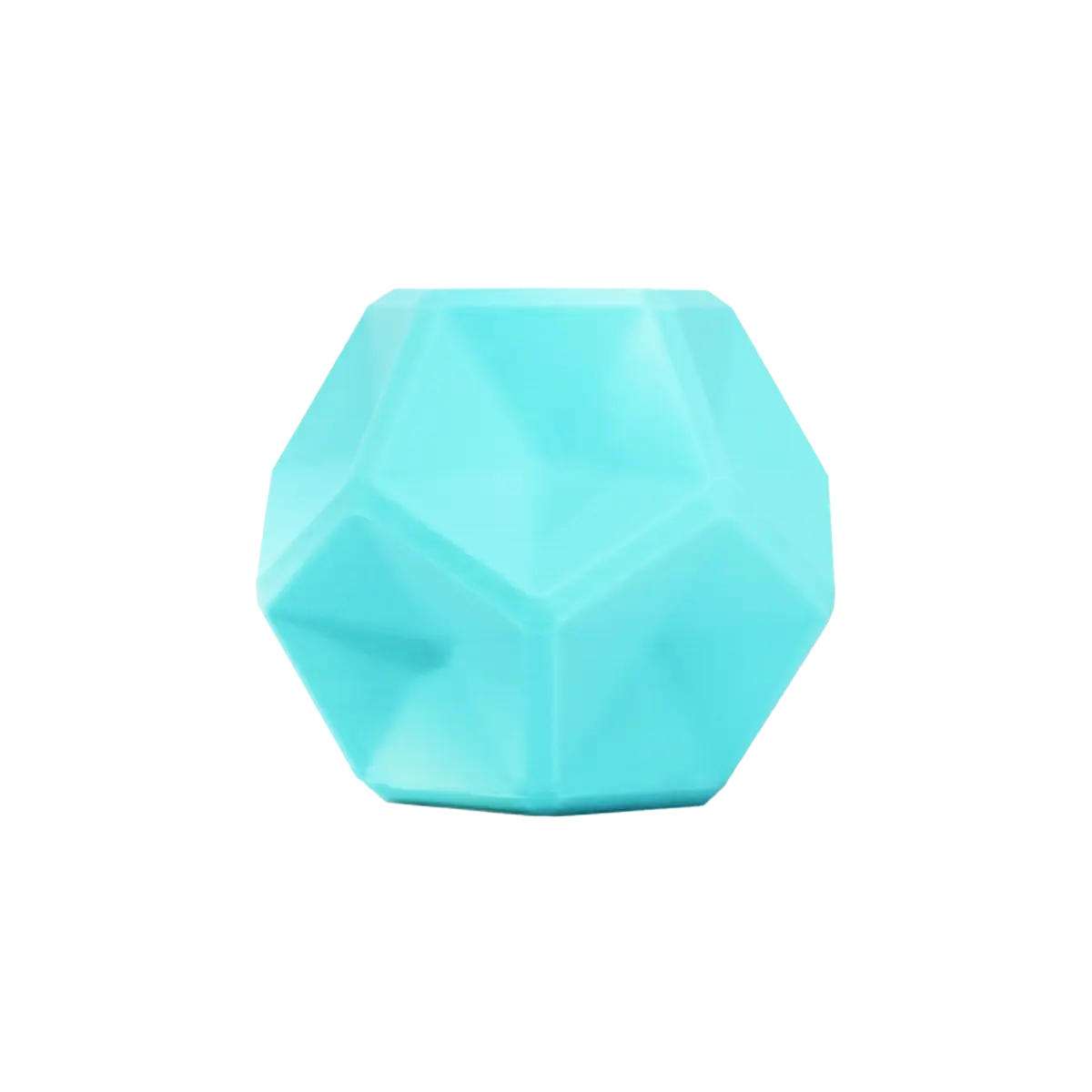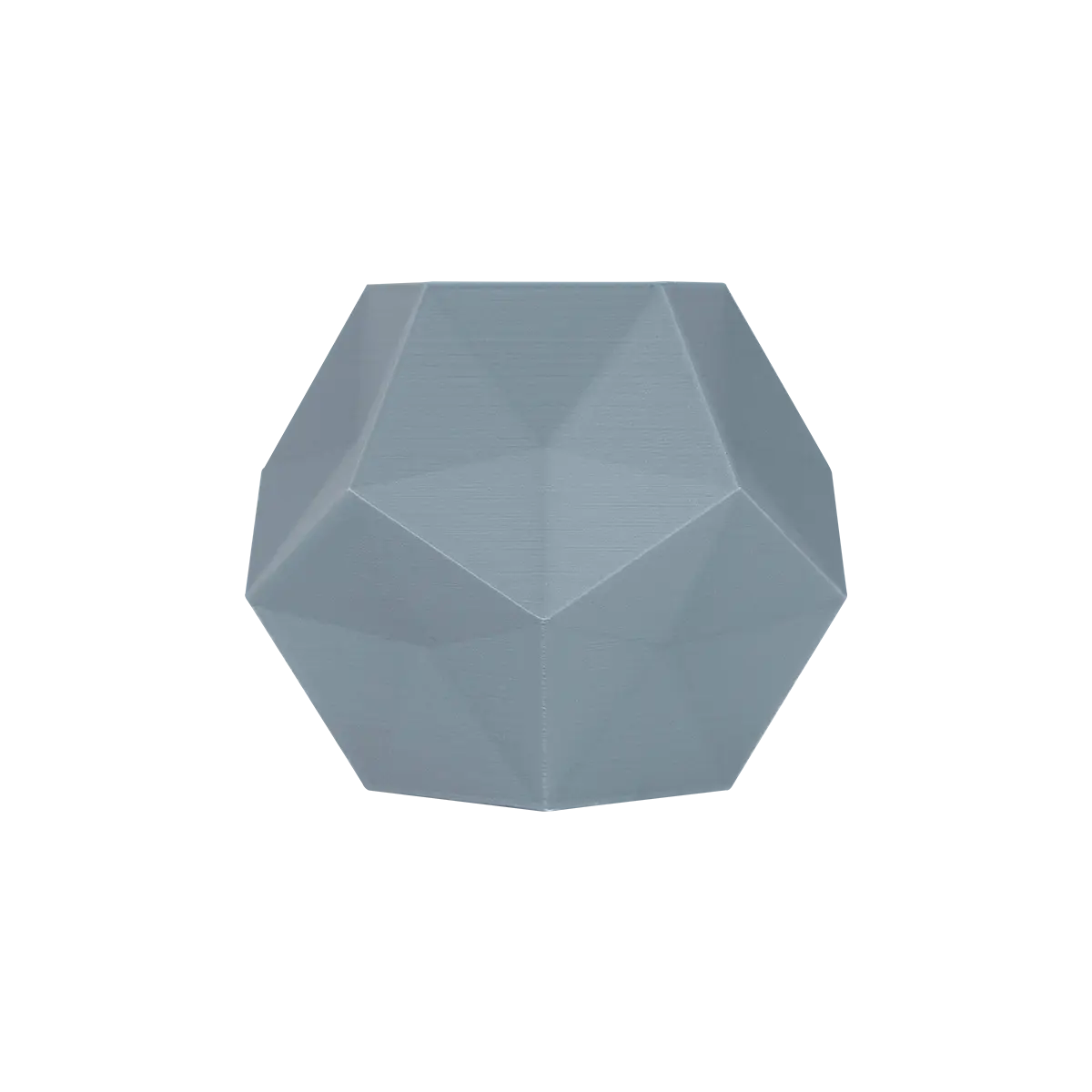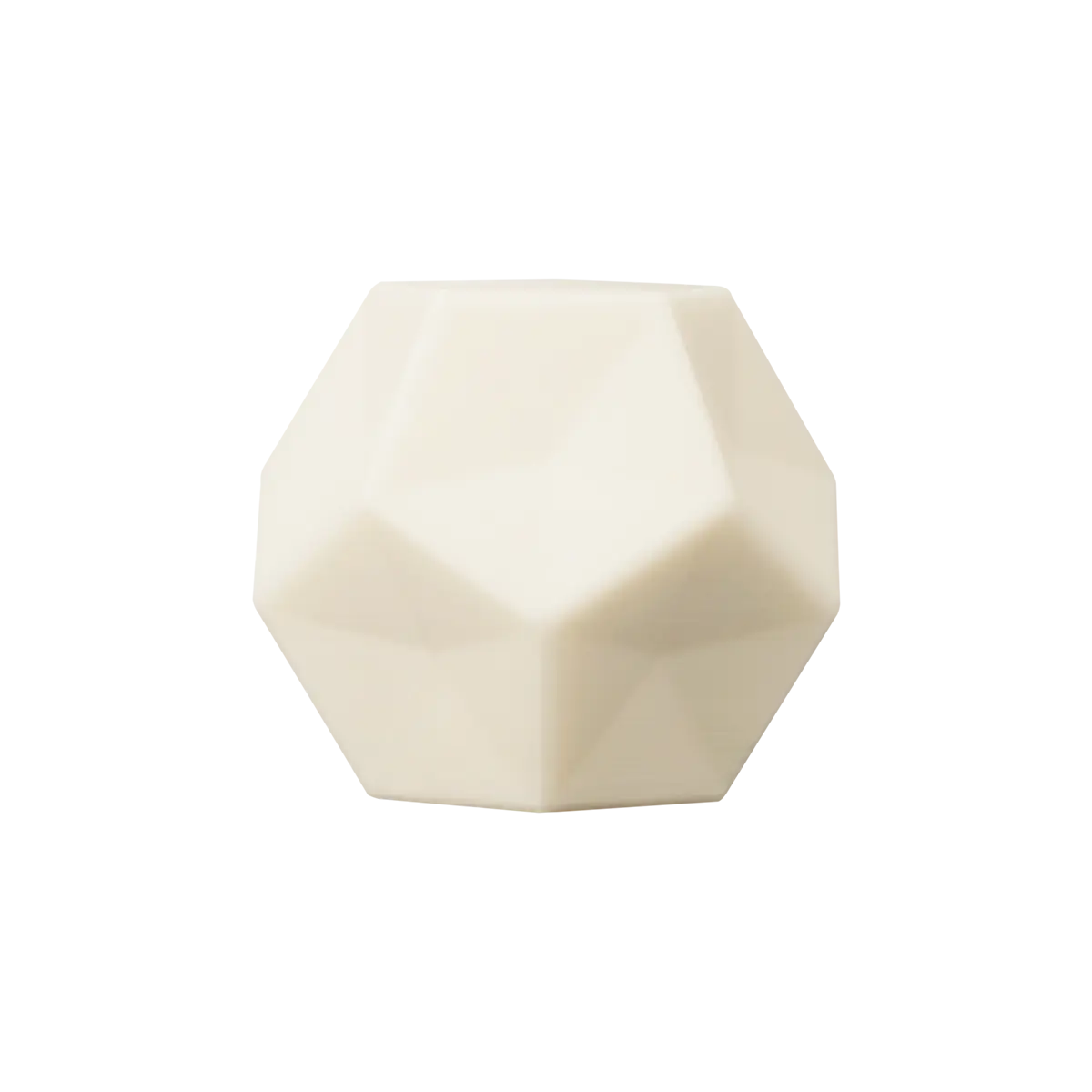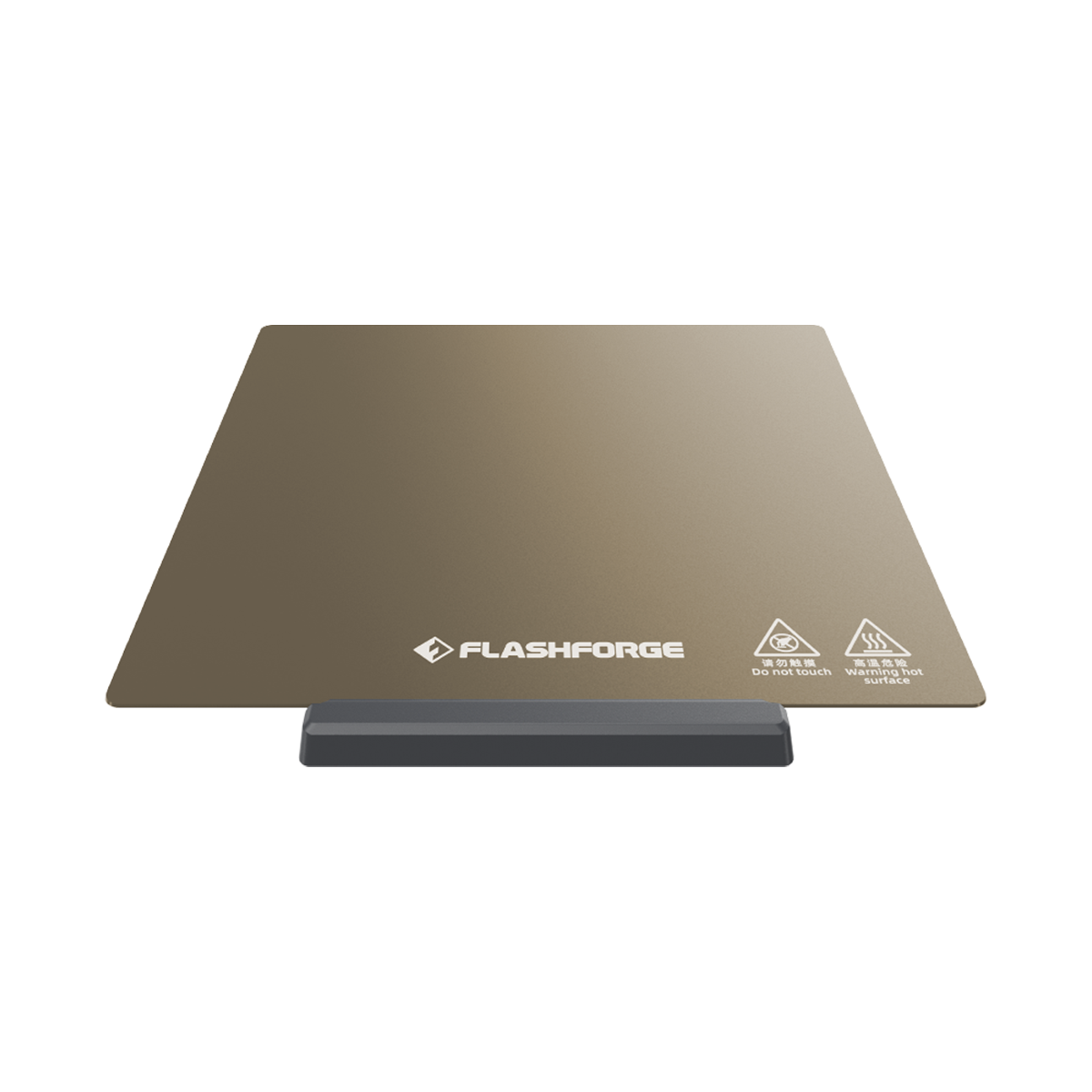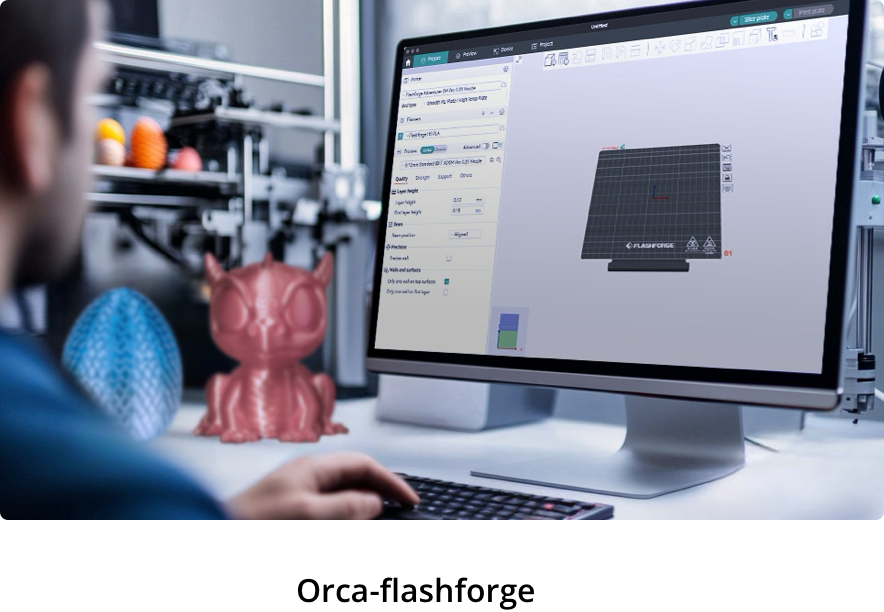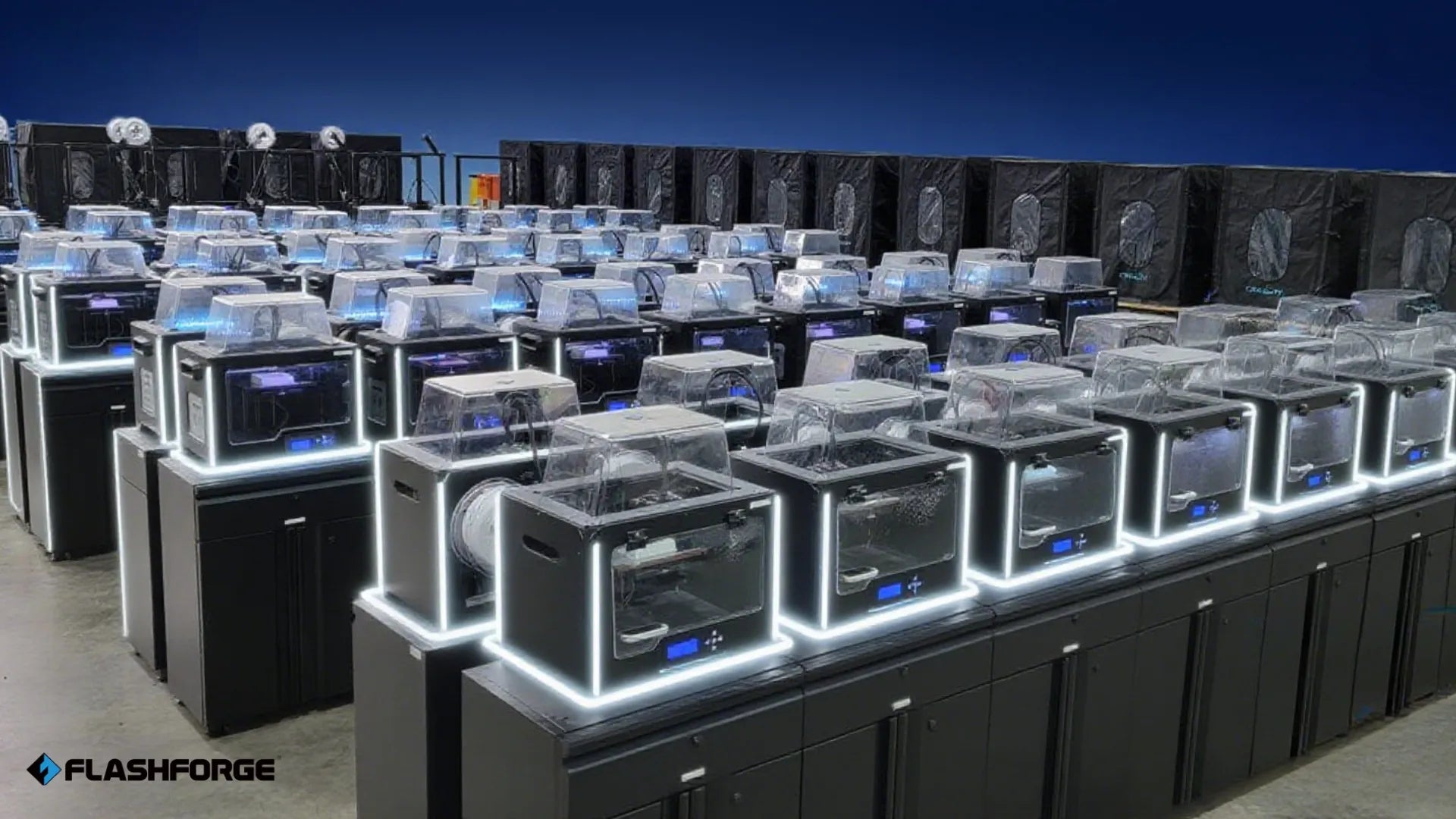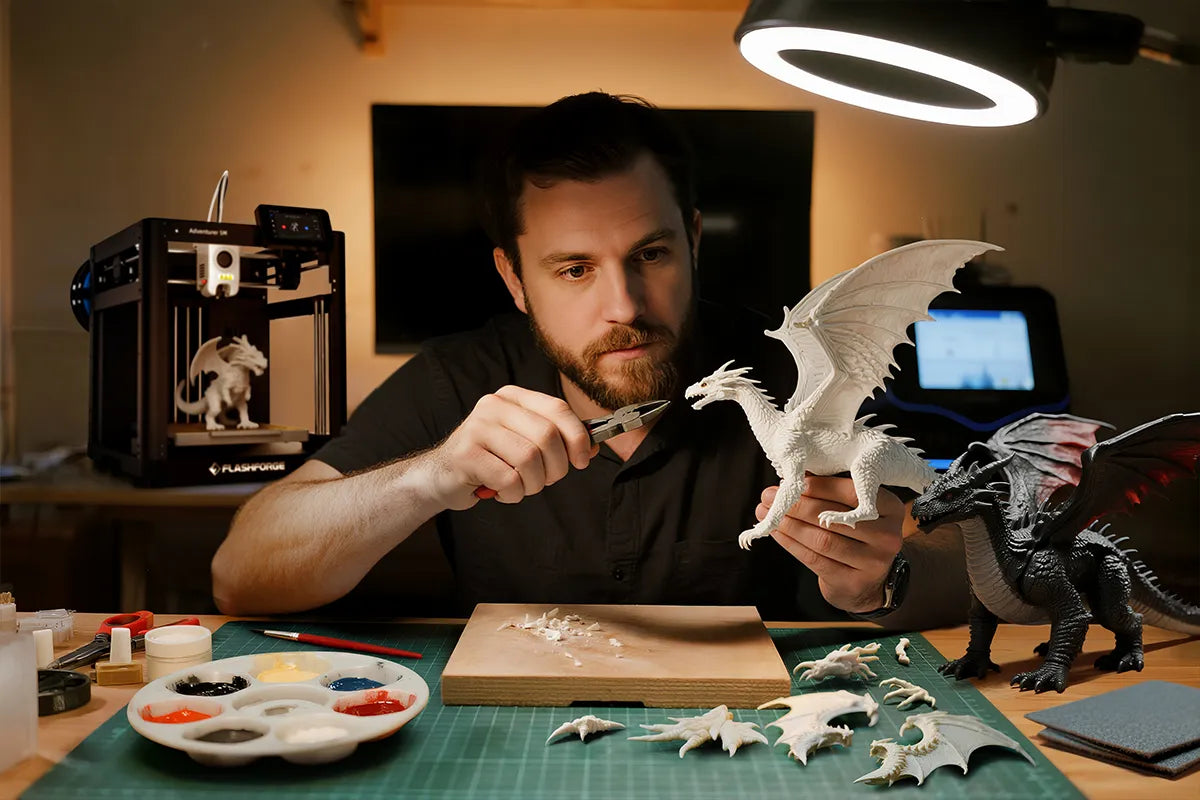3D printing has gone from an industrial curiosity to something every hobbyist, engineer, and designer can do at home or down the hall in the office. For your custom needs for parts, prototypes, and even small printing businesses, the question on most people’s minds is, How much does a 3d printer cost? It’s all going to depend on what you’re doing, how often you’re printing, the quality you’re looking for, etc.
In this article, we will explore the factors determining 3D printer cost, along with the most suitable and budget-friendly options.
Decoding 3D Printer Pricing
There are different types of 3D printers available in the market, such as industrial-grade models to budget-friendly hobbyist units. This is the reason why the price of 3D printers is not the same and varies across different regions.
For example, lower-end units are available within the range of $100 to $1000. For industrial-grade units, it can be available for up to $100,000. The price difference is due to the supporting materials, complexity of the model, size, and build quality.
For instance, the best entry-level 3D printers today may include things like enclosed frames, heated beds, and, more comprehensively, smart printer capabilities. It is easier for beginners to build 3D printed models compared to the past.
3D Printer Pricing For Different Purposes
According to a survey by PROTO LABS, 82% of respondents said that 3D printing helped them save a lot of costs. So you don’t need to chase the performance all the time. Instead, if you are considering how much does a good 3d printer cost, you should select a 3D printer based on your needs like making 3d printed cool things for home or education.

Consumer 3D Printers ($200 – $1,000)
Consumer 3D printers are best for hobbyists and students, as well as small home projects. These devices are lightweight and quite simple to operate, and often arrive fully assembled or partially assembled. They can work with consumables such as PLA and PETG and are quite effective at producing simple prototypes, figurines, and other basic functional parts.
The Flashforge Adventurer 5M 3D Printer (USD 289.00), one of the popular choices under this classification, combines user friendliness and quality print design. Among all the choices of best 3d printer under 300, it is the most cost-effective fdm3d printer. For people who are looking for an advancement over entry-level features, we suggest the Flashforge Adventurer 5M Pro (USD 449.00), which provides more stability and better temperature control, a particularly good choice for more detailed and regular at-home printing. The price of this 3D printer is among the best 3D printers under $500. Although it is a bit more expensive than the basic entry-level model, it is an enclosed 3D printer, is silent, and also supports multi-filament printing, so the cost performance is still very high.
Makers 3D Printers ($1,000 – $10,000)
These types of 3D printers are meant for more of a professional audience, such as product designers, small businesses, engineers, and even early-stage start-up firms. 3D Printers in this category come with a wide range of materials, more build volume, and better accuracy compared to the previous category.
In addition to that, these 3d printer products come with temperature-controlled enclosures for consistent temperatures, advanced slicing software, and even dual-extrusion printers, which allow for multi-material printing. They serve as the ideal solution for professional prototypes as well as for functional parts.
Industrial 3D Printers ($20,000 – $100,000+)
Industrial 3D printers are high-volume applications and are best designed for complex prototyping and specialisation in industries, such as aerospace, automotive, and medicine. These printers can print advanced materials, like carbon fibre composites and metals. They are frequently paired with automated manufacturing lines and serve as a necessity for industries with high-strength component needs for mass production, albeit at a high price.
What Makes 3D Printers Expensive Or Cheap?
About the price of 3D printers, it depends on the following aspects.

Build Volume and Physical Size
Bigger printers with a larger print bed are more expensive. This is because they need to have a sturdier frame, more powerful motors, and a better control system to ensure quality prints throughout the higher volume.
Print Speed and Accuracy
Fast printers with tighter layer resolution are costly because they require high-end stepper motors, precise motion mechanisms, and rigid frames.
Materials Compatibility and Range
The need for advanced extruders for flexible TPU and high-temperature materials such as ABS, nylon, or carbon fiber filaments will increase printer costs.
Frame Design and Enclosure
Open-frame designs are less expensive, but are less stable when it comes to high-temp materials. Fully enclosed printers mean less warping and a quieter print process, but they also add cost.
Software Features and Connectivity
Printers that can go online, have touchscreens, print over WiFi, and calibrate themselves are more expensive. These smart printer capabilities here cut time down and make 3D printing accessible even for newbies.
Brand Reputation and Customer Support
Branded printers are usually more expensive because they come with added features of quality assurance, firmware updates, and reliable customer and technical support.
Advanced Features and Automation
High-end extras such as dual-extrusion, automatic bed leveling, filament run-out detection, and built-in cameras drive that price up, but elevate the user experience.
Calculating Your Return On Investment (ROI)
Here’s how 3D printing stacks up when it comes to value. From personal creativity to business efficiency, the return on investment can be significant.
Benefits For Personal Use Versus Cost
For hobbyists, a 3D printer is an investment as well in creativity and learning. You can produce custom parts, tools, and artistic models. If you design and print models routinely, a printer can pay for itself in months.
Business Use: Outsourced Production versus in-House 3D Printing
Businesses benefit even more. Having a prototype or a one-off design made can be expensive and time-consuming. With an in-house 3D printer, the waiting game is eliminated, and design iterations happen lightning fast. The purchasing dilemma for product developers, the ability to rapidly prototype and test products can dramatically reduce product development costs.
Potential for Time and Cost Savings
By using 3D printing, you can replace some small broken parts in your house. Selling 3D printed items can also be a business, too, like customised phone cases. They can provide a scalable income.
How to Choose the Right 3D Printer for Your Budget and Needs
You don’t always chase just about price. More importantly, it’s about matching the machine to what you want to create. Here’s how to find the right fit for your needs.
Define Your Purpose and Use Cases
Consider that you need the printer for an occasional small project, professional prototyping, or large-scale production. You will determine what brand and price point of printers you should look at.
Assess Your Desired Print Quality and Materials Requirements
If you want fine models with lots of but accurate details, or if you want to print using advanced materials, such as ABS or carbon fiber, you may want to find a printer that has a heated enclosure and an advanced extruder system.
Consider Your Available Space and Technical Skill Level
If you only have a small space, or you’re new to 3D printing, you’ll want something compact and easy to use. Novices are likely to choose a dependable 3D printer such as the Flashforge Adventurer 5M 3D Printer since it has a relatively simple setup and operation.
Research Specific Models and Read Reviews
Look up expert reviews, online forums, and user communities to find out how various printers compare. Check for print quality consistency, software being reliable, and the type of after-sales support available.
Explore Buying Options
Purchasing a manufacturer-certified refurbished model can save you some money, but it still has high quality. Make sure to look at what warranties and support are available.
Conclusion: Making An Informed 3D Printer Purchase Decision
3D printers come in home versions and large, costly industrial machines. Which option is best for you comes down to how you plan to use the printer, how much print quality you need, and how much money you want to spend. No matter you’re a hobbyist who needs to make a custom figurine or a company that wants to cut out on some expenses, there’s a printer for every type of job.
FAQs About 3D Printer Cost
What is the average price of a 3D printer?
The entry-level printers range from $200 to $1,000. If you need professional models, they will cost you around $3,000 to $10,000. Industrial machines can start at $100,000.
Are 3D printers costly to run?
The operating costs are determined by materials, electricity, and, of course, maintenance. Basic printers running PLA are cheap to operate. Conversely, a machine with fancy filaments can be quite costly.
How much should I spend on a good 3D printer?
For beginners, you can get a pretty decent machine for between $200 and $700. As for a professional, you can plan to spend at least $3,000 for advanced features.
Can I make money with a 3D printer?
Of course, yes. People make money doing custom parts, miniatures, and prototypes. On Reddit, a user even shared how he's consistently earned $9,000 per month using 3D printing from scratch. In his 3D printing journey, he's printed various 3d gaming console stands for console collectors, and also helped geeks customize headphone stands and other unique 3D-printed products. If you're also looking to make money with FDM 3D printers, our multi-color AD5X 3D printer will be a powerful tool.

Do 3D printers use a lot of electricity?
Entry-level 3D printers use roughly the same amount of electricity as a desktop computer. Industrial printers consume more because of heating elements and bigger motors.





